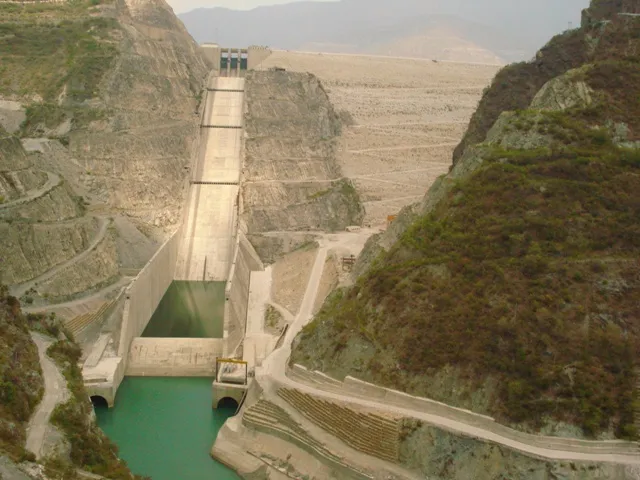
8.9GW of India's proposed pumped hydro projects challenged by policy slump
But things are looking up thanks to new supply incentives and storage policies.
Pumped hydro storage (PHS) is expected to play a central role in the growth of India's renewable energy generation, the Institute for Energy Economics & Financial Analysis (IEEFA) said in a report.
Some 2.6GW of PHS are already operational with another 3.1GW under construction, albeit much delayed. “Proposals for another 8.9GW are on the drawing board. However, given the enormous social costs and absence of a strong price and policy signal for producers and consumers, progress has been stalled for many years,” said IEEFA director of energy finance studies Tim Buckley.

Delays could be caused by social and political issues mostly related to loss of significant areas of agricultural flood plains and forest lands and forced relocation without just compensation for affected rural communities. “Interstate disputes over water rights compound environmental issues such as flood safety concerns and agricultural needs,” Buckley added.
Generally, hydroelectric projects also require “very patient” capital due to seasonal water flows and mountainous, remote locations.
On the upside, the Ministry of Power proposed electricity rule changes to incentivise electricity supply at times of peak demand, a key pricing signal needed to underpin financial bankability of storage projects. India also amended its ‘hybrid wind-solar with storage’ policy to clarify that any form of storage – not just batteries – could be used in hybrid projects, including PHS, compressed air and flywheel.
However, the ongoing challenges of financial viability in the thermal power sector have seen installations stall significantly faster than any expectations, Buckley pointed out.
“To support the targeted 7% of annual GDP growth, India needs to add 20GW of net new thermal/nuclear power capacity additions (at 60-70% capacity factors) or 40GW of renewable/hydro energy (at 20-40% capacity factors) annually, or a combination thereof. As more fast-to-build variable renewable energy is added, a faster ramping on-demand peaking generation capacity is needed,” he said.
Whilst India has witnessed several PHS proposals, IEEFA noted that large scale PHS can also be undertaken on a small site using a closed or open water loop. “Refurbishing end-of-life dams and adding PHS to existing water storage dams could also inject significant value-add to India’s existing portfolio of 45GW of hydroelectricity capacity,” Buckley added.
Whilst hydro-electricity is fraught with social issues in India and many other nontemperate, monsoonal climates and areas of high population densities, PHS has a much smaller footprint, IEEFA argued.
Photo by Arvind Iyer from Mumbai, India - Tehri Dam, CC BY-SA 2.0













 Advertise
Advertise











